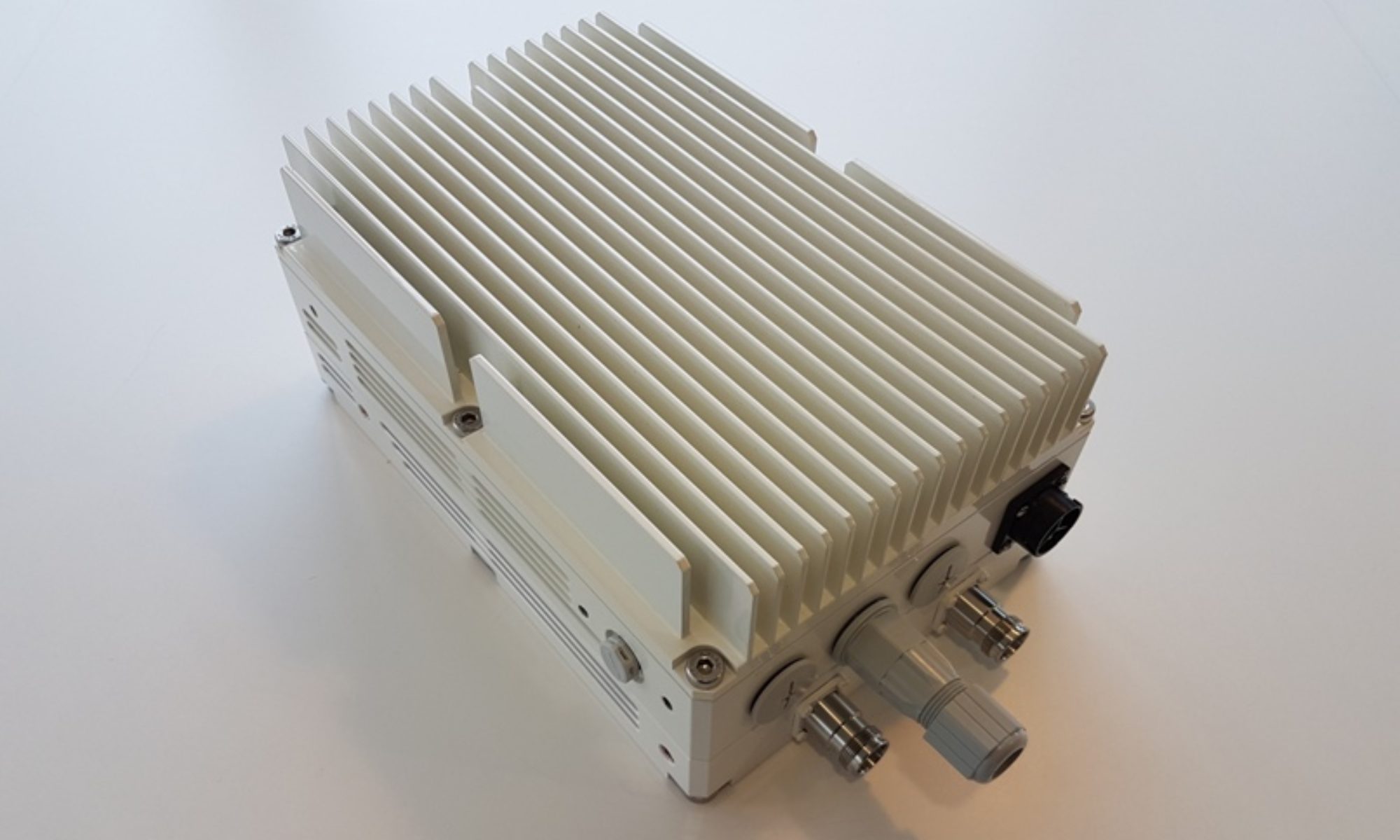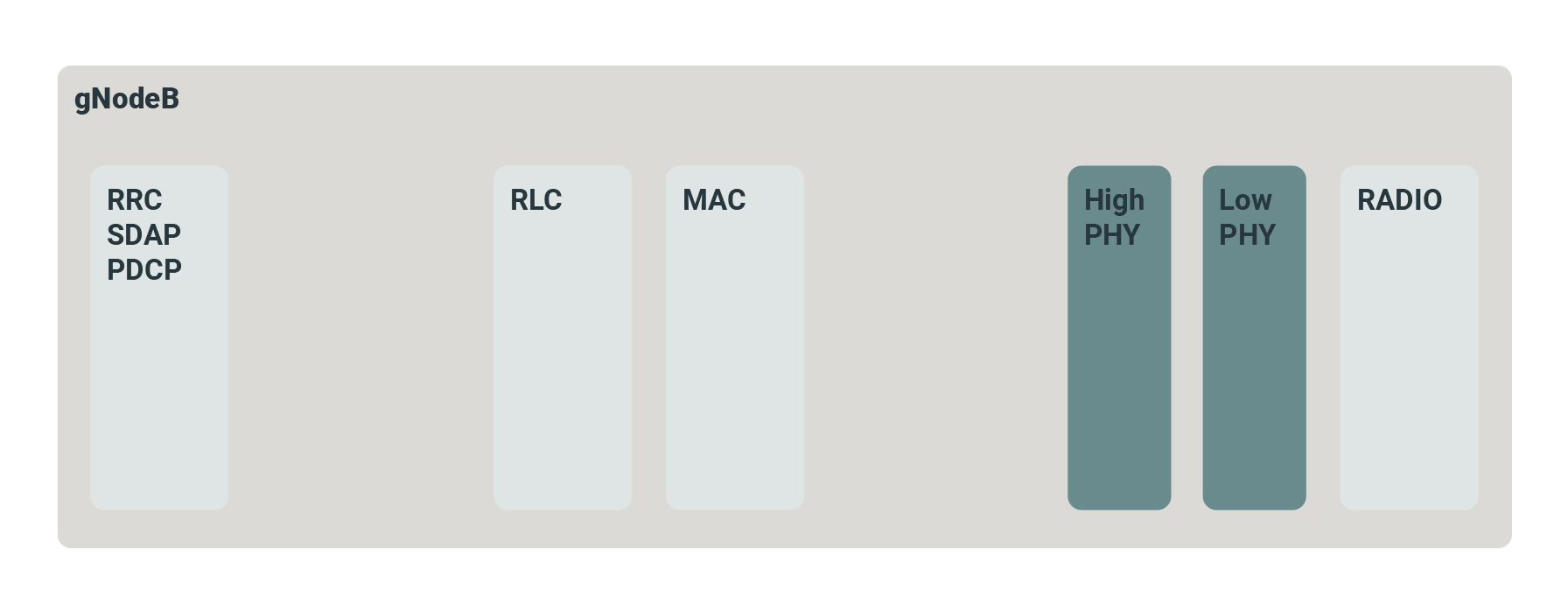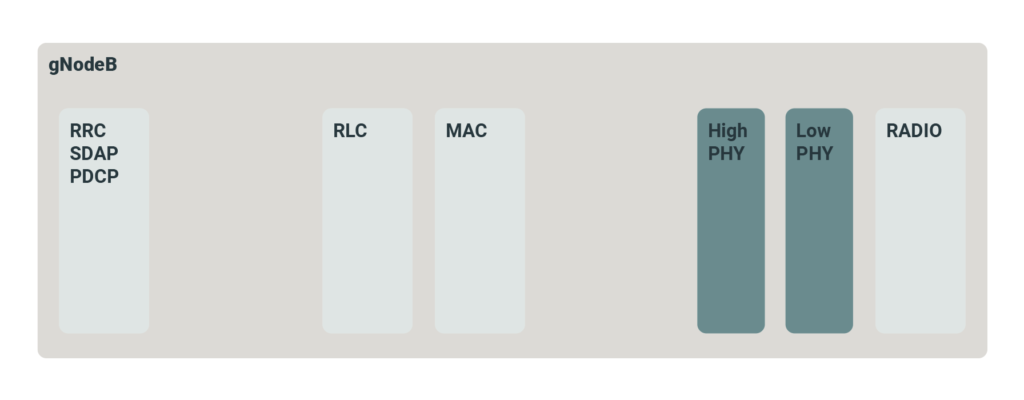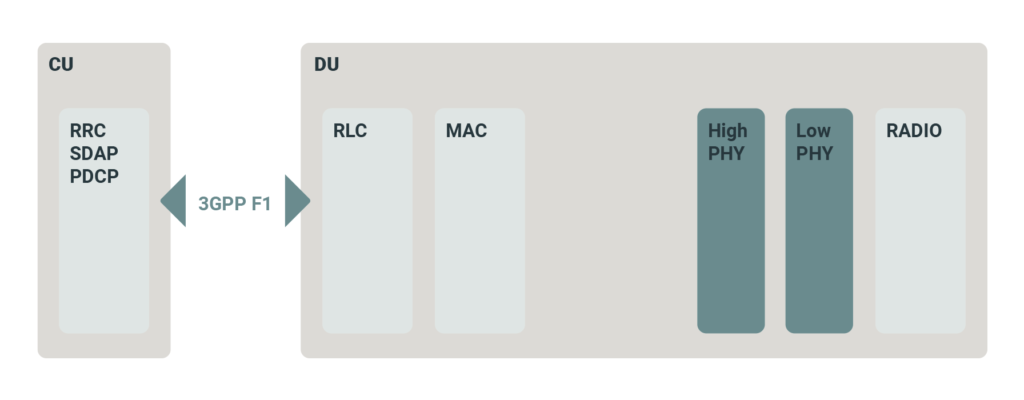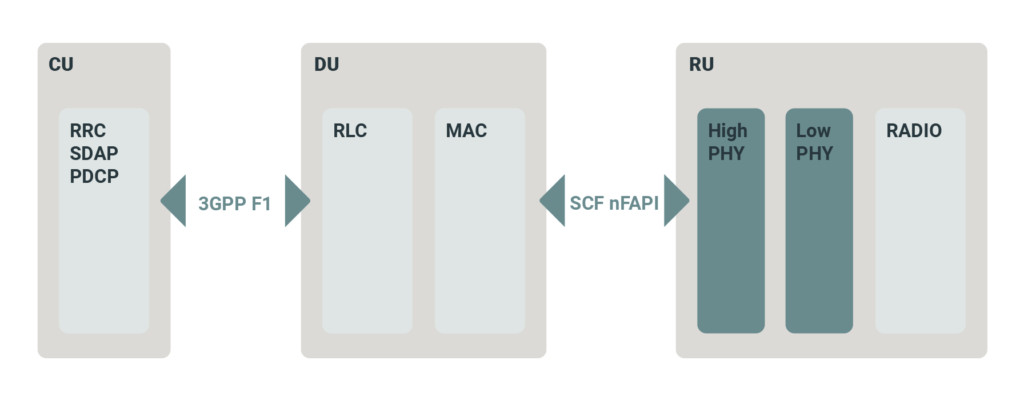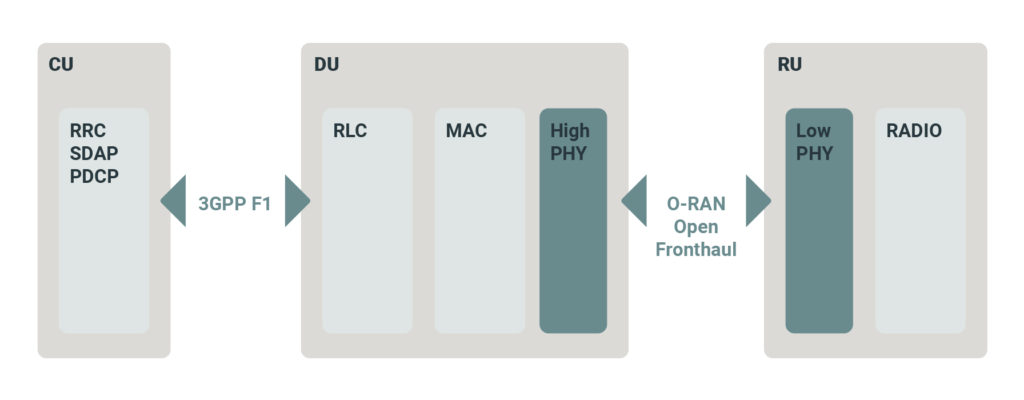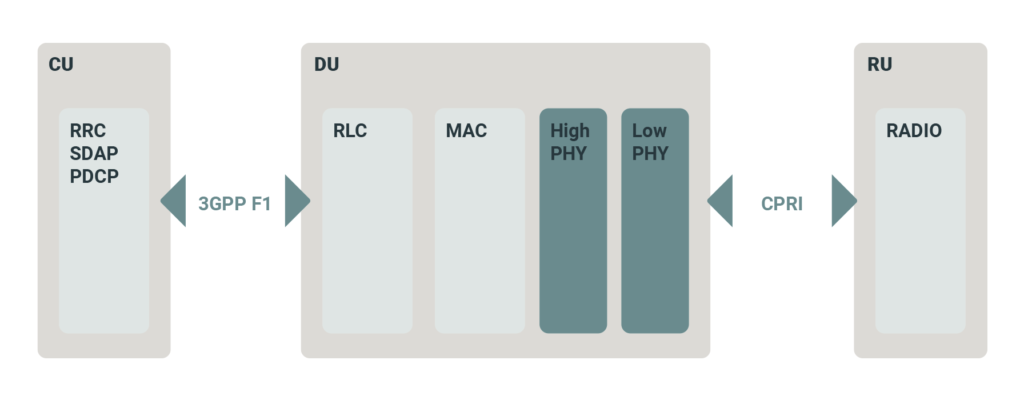Modern 5G Deployment options for Wireless Networks will include Macro Cells, Small Cells, Beamforming, mmWave and more
5G Deployment Diversity
Greater Deployment Diversity will be necessary to meet user demands for high speed networking in urban, suburban and rural locations.

– 5G NR mmWave – offers nx10 Gigabit 5G
– 5G NR Sub-6 GHz and LTE coverage – offers nx1 Gigabit 5G
– Ubiquitous LTE: Gigabit LTE, VoLTE, ULL
Accelerating network densification:
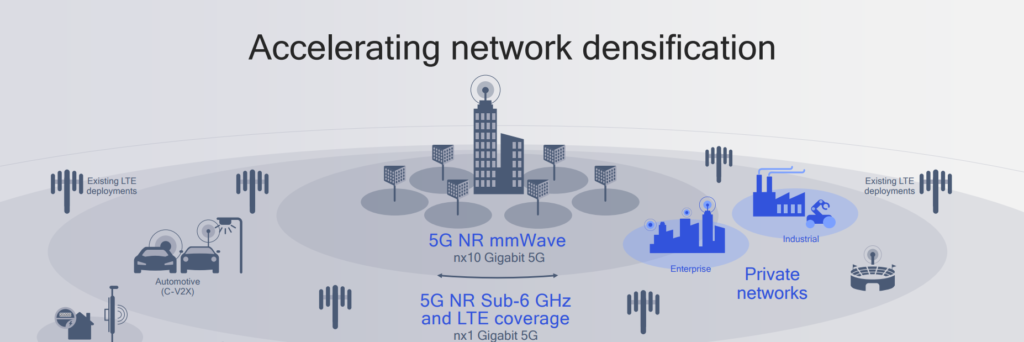
– Existing LTE deployments
– Automotive -(C-V2X)
– Enterprise
– Industrial
Key challenges for 5G include achieving consistent and uniform speeds to users across all regions of metro, suburban and rural. Otherwise “hot zones” with high speed rapidly drop off in capacity as users move away from base stations.
Small Cells and 5G Deployment
Small cells are integral to new 5G network architectures and 5G deployment. 5G Small Cells may operate in sub-6GHz (FR1) or mmWave (FR2) bands depending on coverage and capacity demands

More distributed baseband processing vs More centralized baseband processing for newer Cloud RAN / VRAN / ORAN type architectures
Some graphic elements reproduced courtesy Ericsson
Private 5G Network Deployments
The rise of industrial & warehouse applications of 5G will necessitate “private 5G” deployments with 5G Core “NextGen Core” installed on the premises, for ultra high availability and low latency.
For Further Information
Please Contact Us
